First, we need to understand what process control is and what the important technical terms and parameters involved in this process.
Process control is a statistics and engineering discipline that deals with architectures, mechanisms, and algorithms for maintaining the output of a specific process within a desired range.
Process Control
An example about heating up of a room temperature which is a process that has the specific, desired outcome to reach and maintain a temperature (e.g. 20°C) defined by you or a person inside the room and should be kept constant over time.
You can always change the setting from time to time depending on what your body wants. Get the remote control and adjust the setting to your desired temperature.
Example
In the example, the temperature is the process variable (PV). At the same time, it is the input variable since it is measured by a thermometer and used to decide whether to heat or not to heat up the room as you prefer. The desired temperature (20°C) is the setpoint (SP).
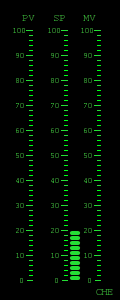
The state of the heater, for example, the setting of the valve allowing hot water to flow through it or in the case of simple on-off control, turning the heater off and on is called the manipulated variable (MV) since it is subject to control actions.
The first instant is an example of a Proportional control since the opening of the valve is proportional to the needs of the users of the room.
There are other types of control such as Derivative and Integral or a combination of the two incorporated with Proportional or what we call PID. These are all common in controlling other parameters such as pressure, flow, and level of a material (liquid or solid).
A commonly used control device called a programmable logic controller, or a PLC, is used to read a set of digital and analog inputs, apply a set of logic statements, and generate a set of analog and digital outputs.
Using the example in the previous paragraph, the room temperature would be an input to the PLC. The logical statements would compare the setpoint to the input temperature and determine whether more or less heating was necessary to keep the temperature constant.
A PLC output would then either open or close the hot water valve, an incremental amount, depending on whether more or less hot water was needed or just simply turn the heater off when the desired temperature is reached and turn it back on when a specified hysteresis is met.
Larger more complex systems can be controlled by a Distributed Control System (DCS) or SCADA system. Click here to know more about the general process control loop.
As an Instrumentation Engineer, I find all this stuff cool and interesting. Although I already met these terms during my college days, I failed to appreciate them.
Now that I’m finally given the chance to pursue what I have studied for and given all the resources and tools on the web. I’d say goodbye to papers and reports and say hello to the world of Automation and the World Wide Web.
Also Read: Understanding a Process Control Loop
If you liked this article, then please subscribe to our YouTube Channel for PLC and SCADA video tutorials.
You can also follow us on Facebook and Twitter to receive daily updates.
Read Next:
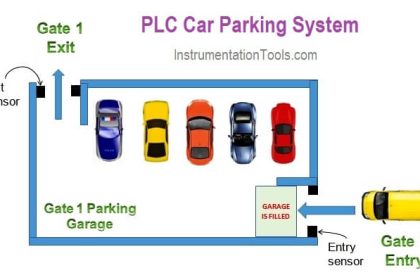
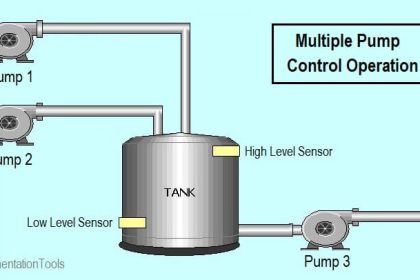
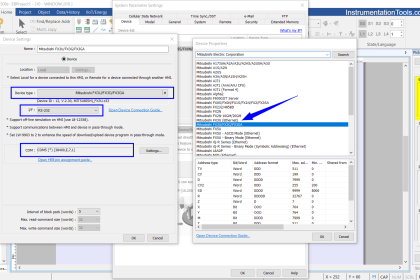


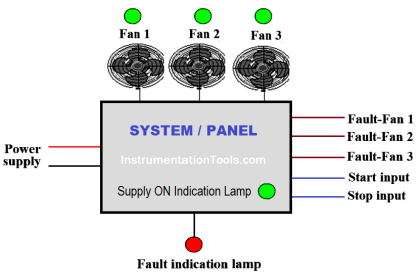
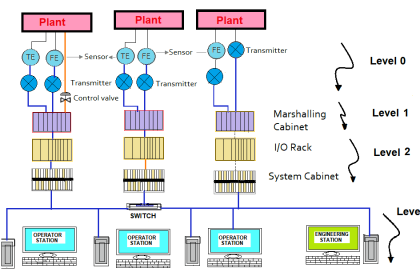
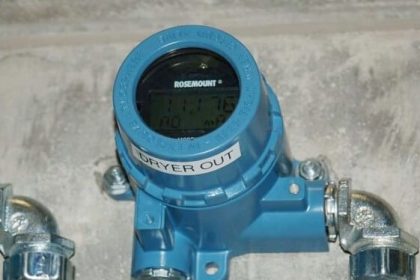

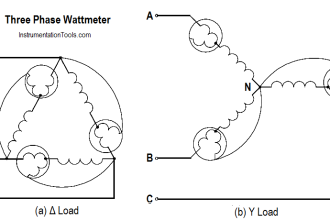
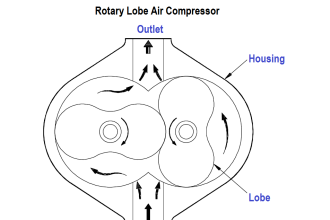

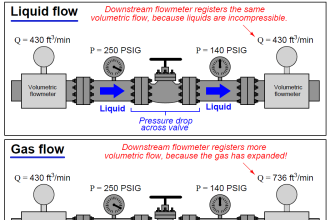
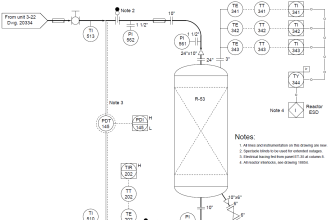
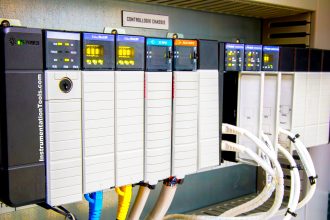
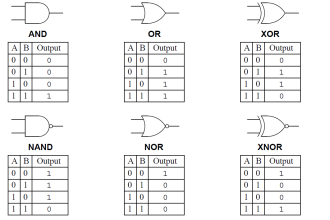

Nice Explanation